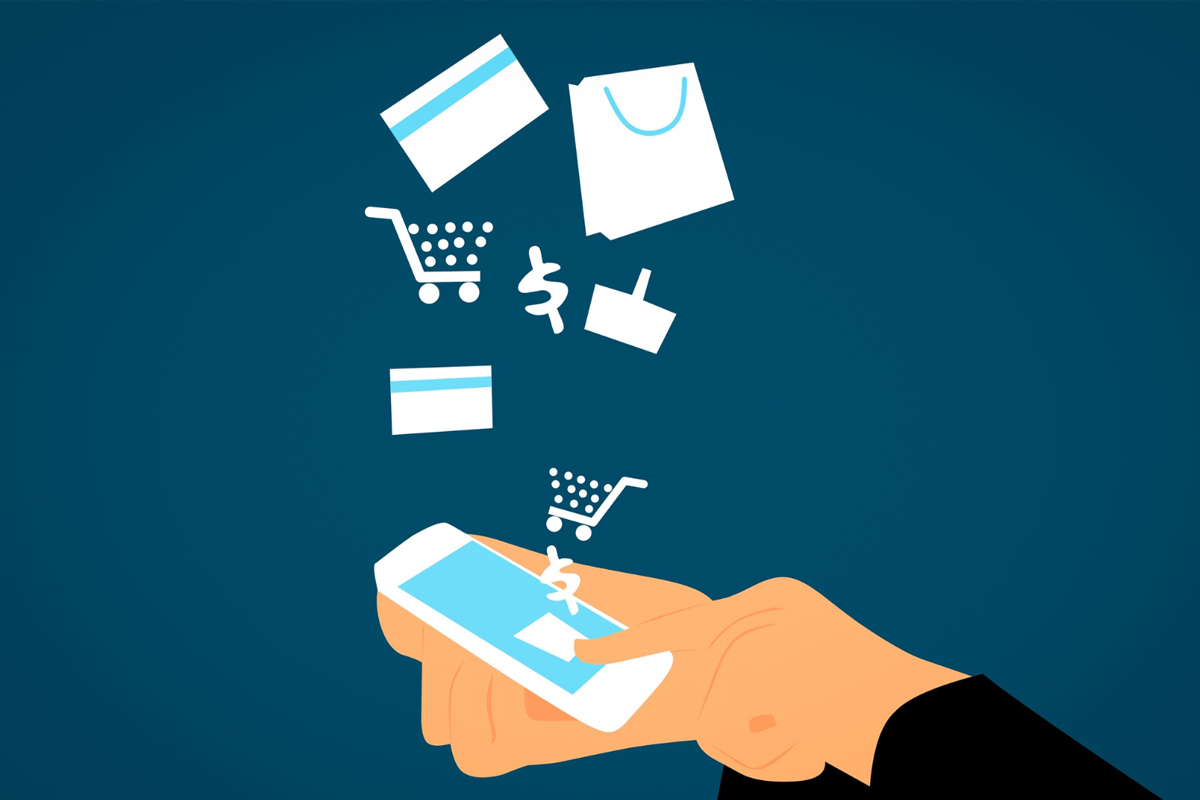
Today’s e-commerce buyer is savvier than ever — they skip ads, question brand claims, and lean heavily on recommendations from real people. That’s where micro-influencers shine. These creators typically have between 1,000 to 100,000 followers and offer something traditional ads can’t: trust, relatability, and niche community influence.
If you’re looking to improve your e-commerce lead funnel — especially at the awareness and consideration stages — integrating micro-influencer content is one of the most effective (and underutilized) strategies available. Here’s how it works, how to structure your funnel around it, and how to measure impact.
Why Micro-Influencers Are So Effective for E-Commerce
| Metric | Micro-Influencers | Macro-Influencers |
|---|---|---|
| Engagement Rate | 3–5% (often higher in niches) | 1–2% |
| Audience Trust | High — viewed as peers | Moderate — seen as celebrities |
| Cost Per Post / Campaign | Lower — accessible for small brands | High — often 5–6 figures |
| Conversion Influence | Strong in niche verticals | Broad awareness, lower action |
Micro-influencers drive action, not just awareness. Their followers often share similar interests or problems — which means the recommendations feel personal and targeted.
How Micro-Influencer Content Supports the Lead Funnel
Let’s break down how influencer-created content fits into each stage of your e-commerce funnel.
Top of Funnel: Awareness & Discovery
- Goal: Get your product in front of new, relevant audiences.
- Micro-Influencer Role: Introduce your product naturally through unboxing videos, lifestyle photos, or “day in the life” content.
- Example: A fitness influencer posts a morning routine featuring your protein shake — no hard sell, just authentic use.
- CTA: Link in bio, swipe-up, or “use code [NAME] for 10% off.”
Middle of Funnel: Consideration & Engagement
- Goal: Nurture interest and move audiences toward trust.
- Micro-Influencer Role: Provide more detailed content — reviews, how-to tutorials, comparison posts, Q&As.
- Example: A tech creator compares your wireless earbuds to a leading competitor and explains why they made the switch.
- CTA: Watch the full YouTube review, visit your product page, join a waitlist.
Bottom of Funnel: Conversion
- Goal: Push buyers over the finish line.
- Micro-Influencer Role: Deliver urgency, exclusivity, or a testimonial that mirrors your ideal buyer.
- Example: “I’ve been using this for 3 months, and here’s what changed — plus, my followers get 15% off until Friday.”
- CTA: Direct link to product page with UTM tracking.
Influencer Content Types That Work Well in Lead Funnels
| Content Type | Funnel Stage | Best Use Case |
|---|---|---|
| Instagram Reels / TikToks | Awareness | Short-form product showcases, before/after transformations |
| YouTube Reviews | Consideration | Longer-form decision support |
| Blog Posts / Gift Guides | Consideration | Great for SEO and product research |
| Instagram Stories | Conversion | Time-sensitive promotions and swipe-up links |
| UGC (Repurposed) | Retargeting / Email | Ads, PDPs, emails using influencer-created content |
Repurpose high-performing content across paid social, product pages, and email flows to maximize ROI beyond the original post.
Tracking Performance in the Funnel
To justify the spend and scale smartly, you need to track how micro-influencer content impacts key funnel metrics.
Suggested KPIs:
| Funnel Stage | KPI | Tool Suggestions |
|---|---|---|
| Awareness | Impressions, Reach, Follower Growth | Instagram Insights, TikTok Analytics |
| Consideration | Clicks, Time on Site, Add to Cart Rate | GA4, UTM Links, Influencer Platforms |
| Conversion | Sales, Revenue, ROAS, CPA | Shopify/GA4 Conversions, Discount Codes |
Use UTM tracking links and discount codes unique to each influencer to measure true performance across platforms.
Pro Tip: Pair SEO & Influencer Content
Don’t let influencer content disappear after 24 hours. Extend its value by:
- Embedding reviews into your blog content for SEO.
- Using quotes/testimonials on product pages.
- Adding influencer YouTube videos to your long-tail landing pages.
This cross-channel strategy builds authority, enhances on-site engagement, and increases keyword-rich content — all of which feed back into your organic growth efforts.
Start Small, Scale Smart
You don’t need a massive influencer budget to start seeing results. Begin with 3–5 niche creators who truly align with your product and audience. Test different content formats, track performance religiously, and double down on what converts.
As part of a larger lead funnel strategy, micro-influencer content acts as a trust-building machine — warming up cold leads and pushing interested shoppers across the line without needing a hard sell.
Looking for help structuring a full-funnel content and SEO strategy that integrates influencer marketing? Let’s talk — we specialize in e-commerce growth strategies that convert curiosity into customers.

